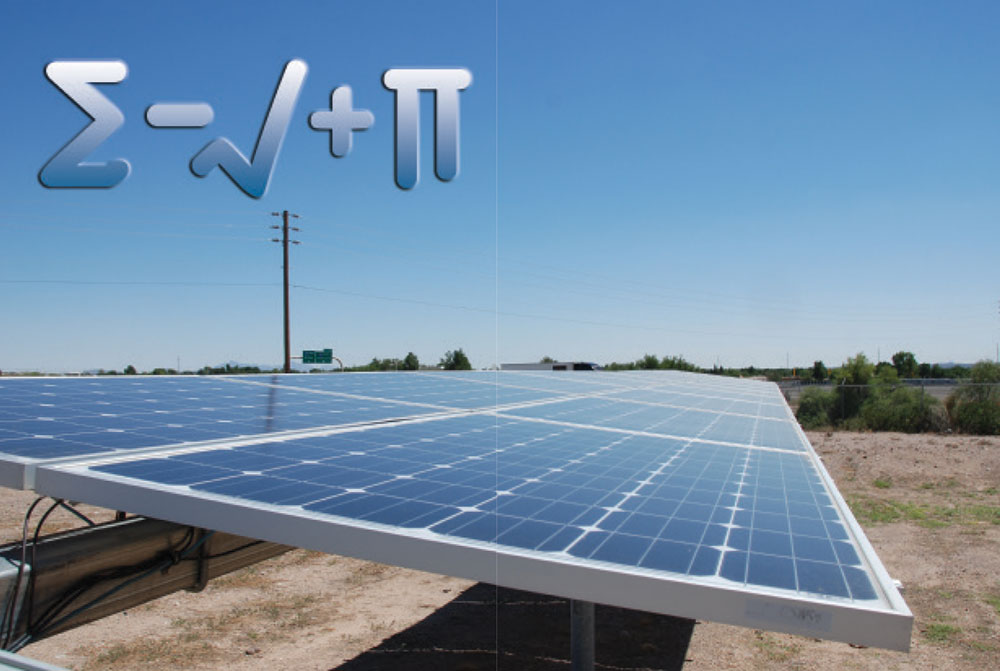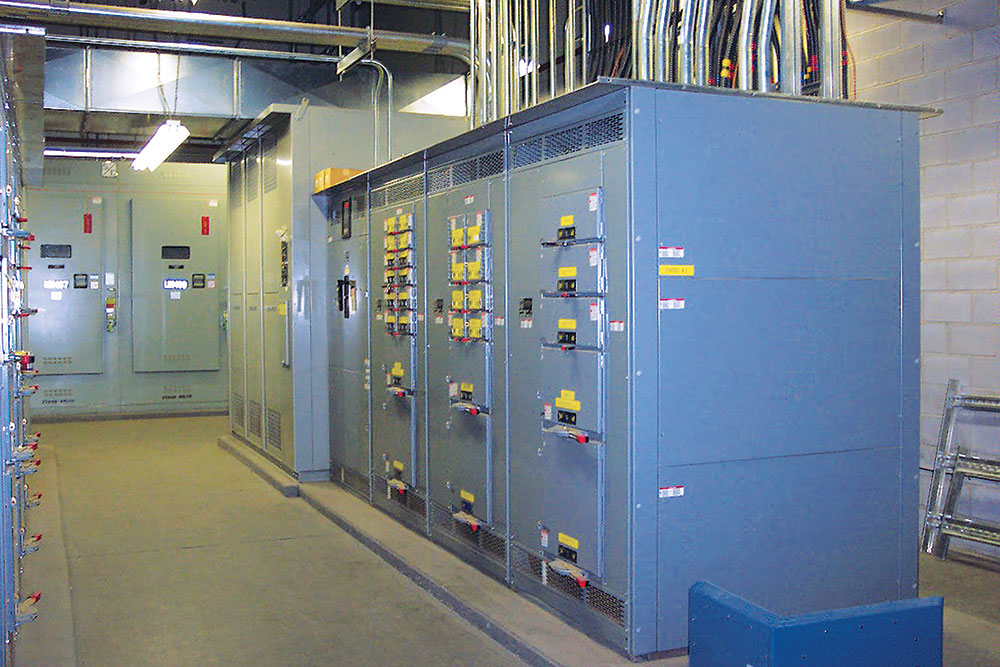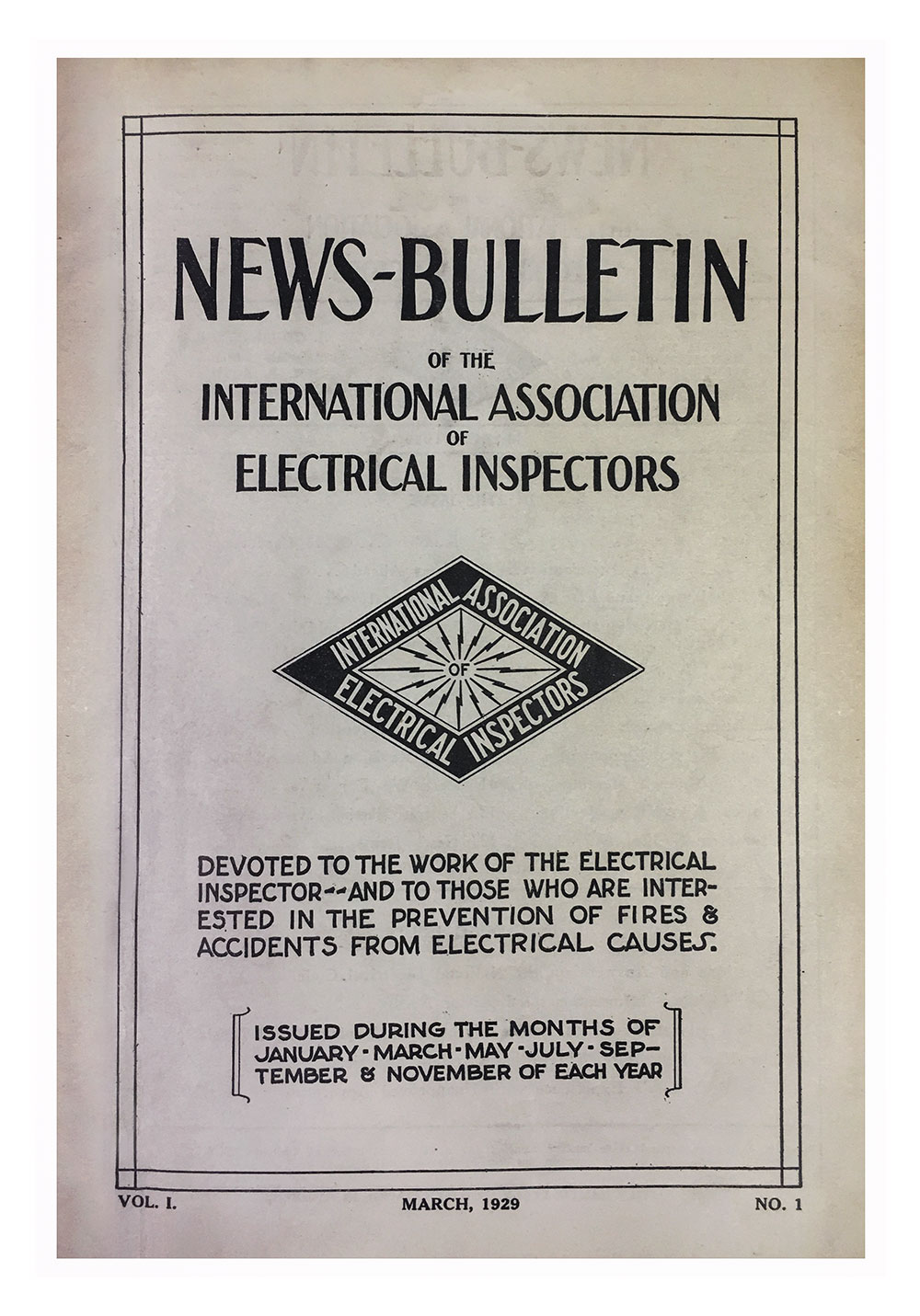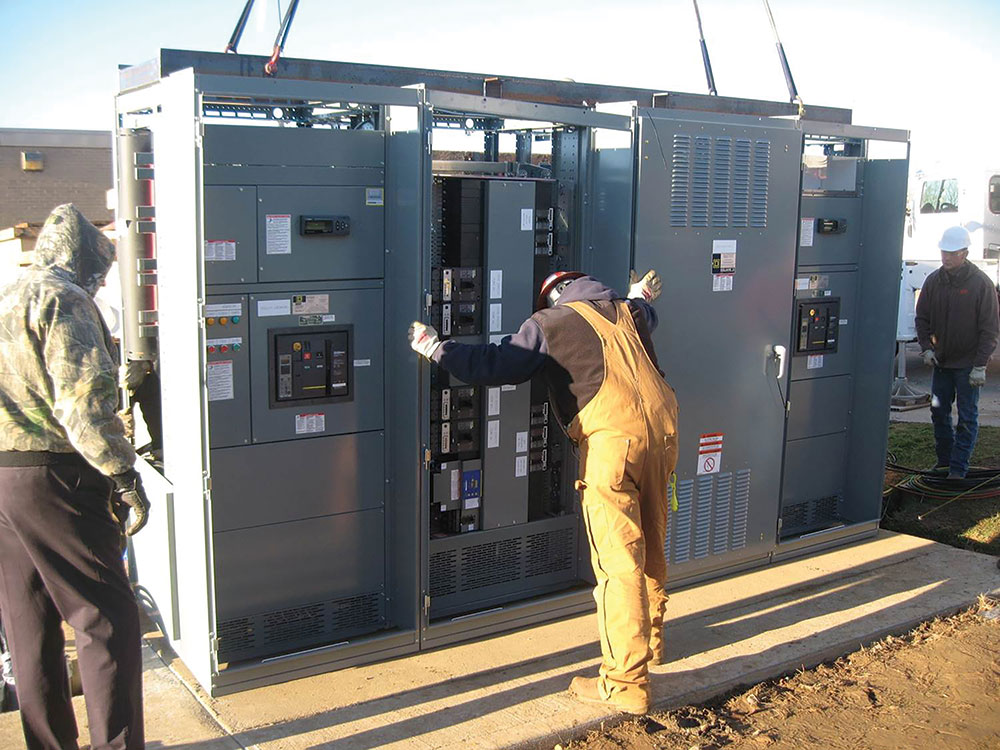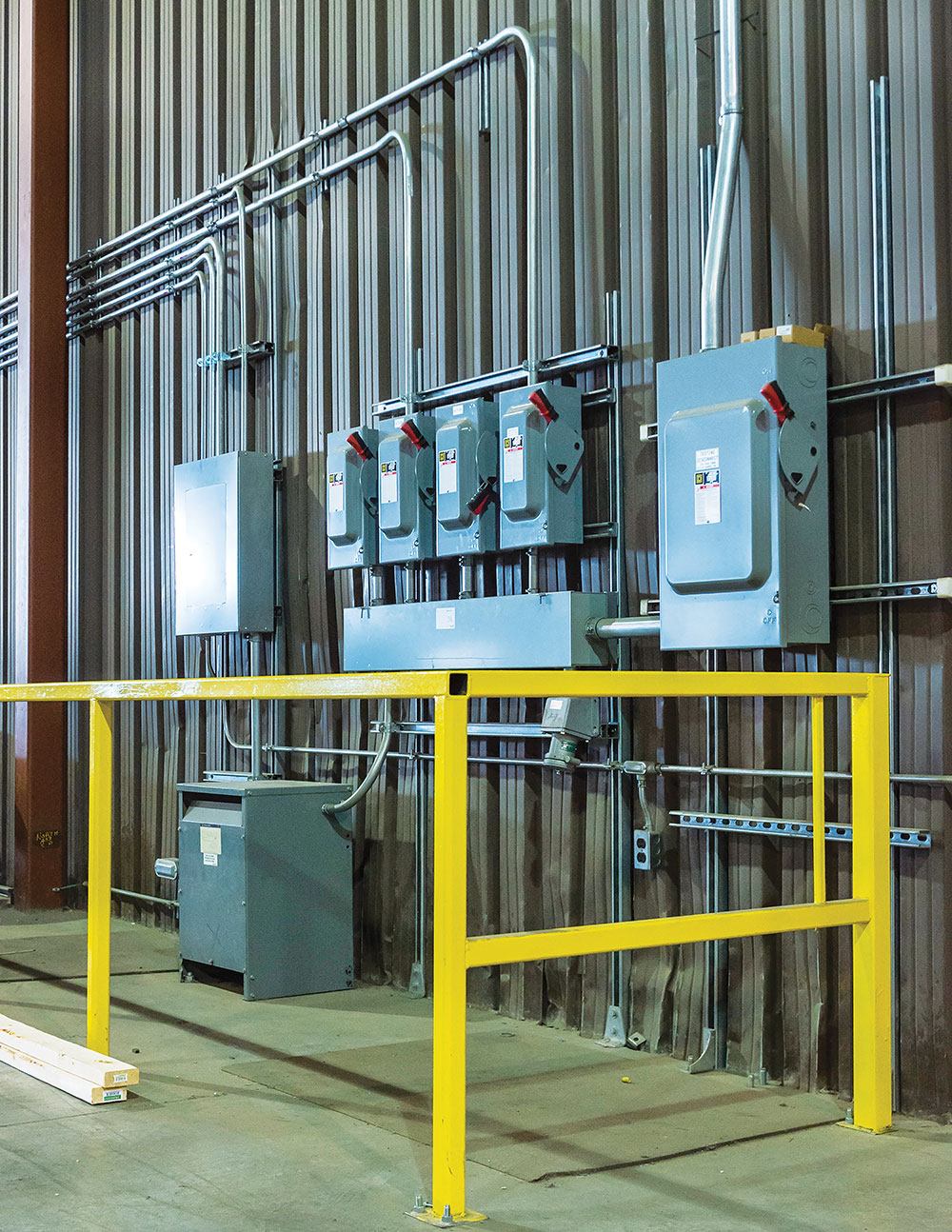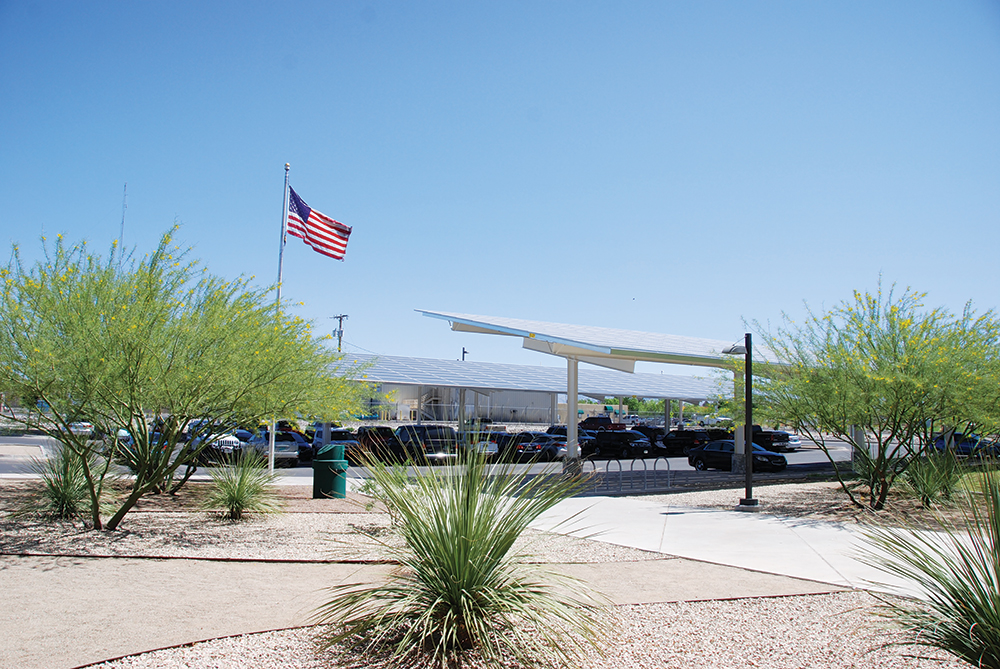Section 10 is a general section of the Canadian Electrical Code and applies to all installations unless amended by other Sections of the CE Code.
Test your knowledge of Ampacity requirements in the 2017 NEC by taking this Code Hunter quiz. Be sure to have your Code book ready!
The direct current output of a dc PV module varies with the sunlight intensity, the temperature of the module, and the load connected to that module.
To start with let’s look at the different types of ground fault protection. The remainder of this article will focus on ground fault protection requirements for distribution equipment.
I was recently asked this question by a group of electrical engineers in conjunction with the NFPA 20 requirement for an overcurrent device protecting feeder conductors to the fire pump controller from the normal power supply source to carry a fire pump locked rotor current indefinitely.
I see that a new Section 725.144(B) in the 2017 NEC addresses LP cable. What is LP cable?
Over the years, IAEI magazine has undergone a major transformation. Today the average issue has 112 pages and contains articles based on both the NEC and the CE Code.
My accomplices and I have made up a mock service diagram to be used in an educational program. The electrical service is rated 4000 amps at 120/208 volts. We are supplying the service equipment with 12 sets of 600 kcmil aluminum type THWN per phase.
This article will focus on overcurrent protection and conductor sizing for low-voltage transformers in the Canadian Electrical Code.
Photons (solar energy from sunlight) hit a PV module and electrons (electrical energy) come out. The amount of electricity (volts and amps) a PV module will produce is proportional to the amount of sunlight shining on the module (more is better),




